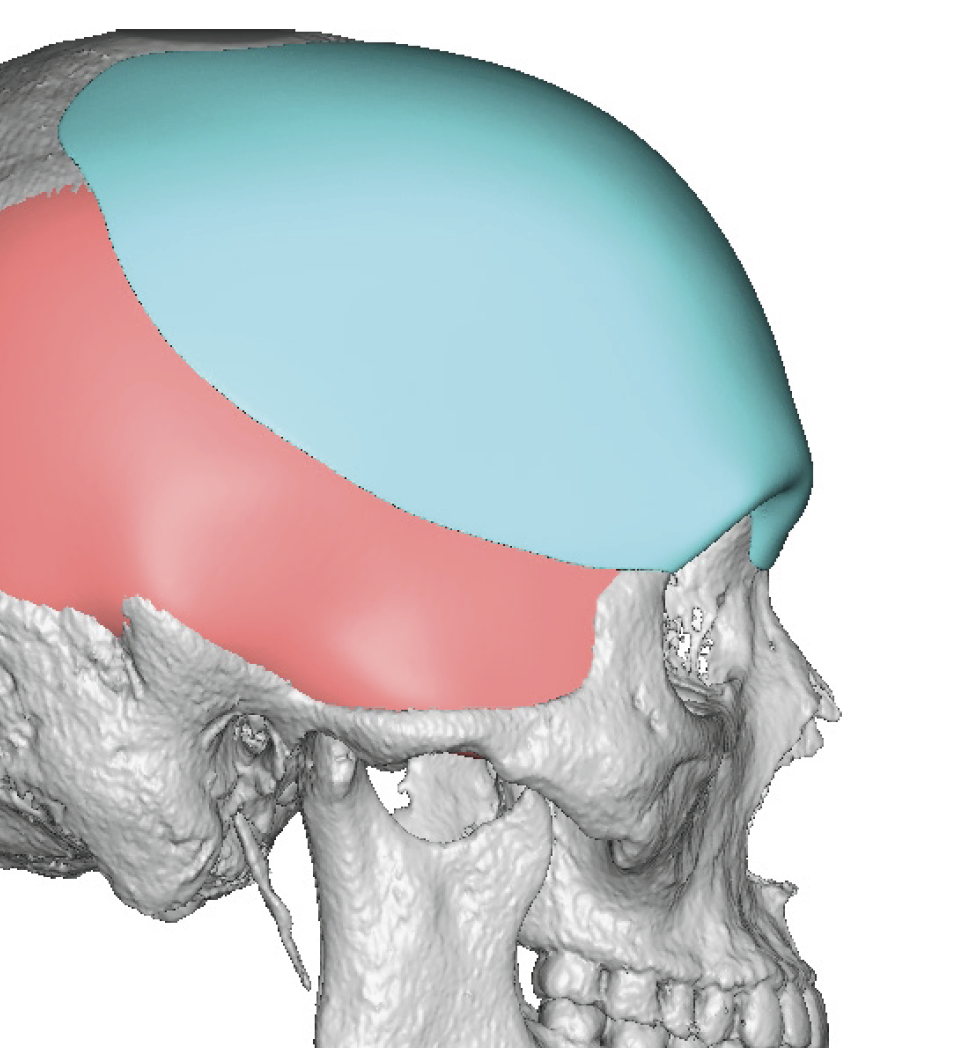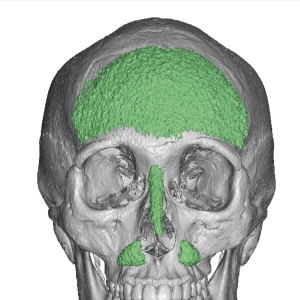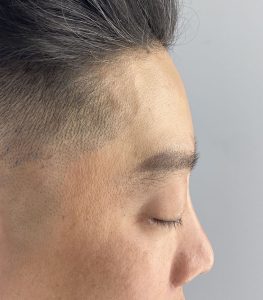Background: In aesthetic forehead augmentation what differs between male and females is the brow bone component. Females usually do not have a brow bone section of their implant or, if it does, it does not extend beyond the forehead projection above it. While men can have a forehead implant alone, if they have good brow bone development, very often the brow bone and forehead together lack adequate projection so a combined augmentation is done.
While there are some off-the-shelf forehead implants available they are not usually for men. They provide more of a rounded and central forehead augmentation effect which, while effective for some women, is not what most men are seeking. They do not have a brow bone component, and even if they did, would not work for most men as the shape and projection of the brow bones is for more unique than that of the forehead above it.
As a result a custom forehead-brow bone implant is what is needed for male upper facial augmentation. In designing such an implant the first realization is that, while the forehead is typically perceived as the visible structure that exists between the upper eyes and the frontal hairline and stops on the sides short of the temples, those are not usually the limits of an implant design to augment it. The forehead or an anterior surface of the skull is one of its five surfaces. Like all other skull augmentations it is rare that an implant design covers only one surface unless the augmentation is very small. The bigger or more projection the implant has the more it must spread out and extend onto the surrounding skull surfaces to look natural.
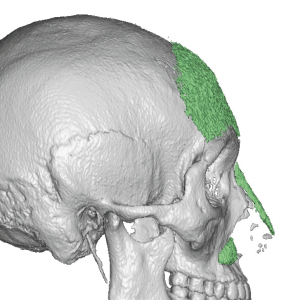
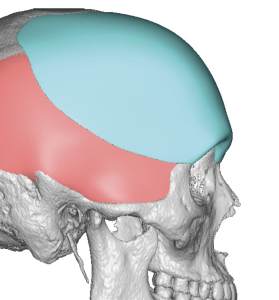
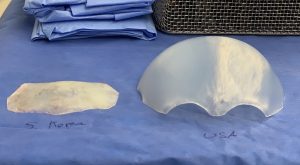
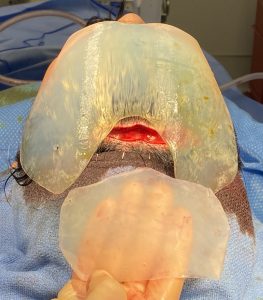
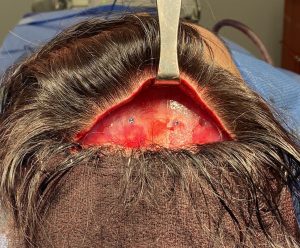
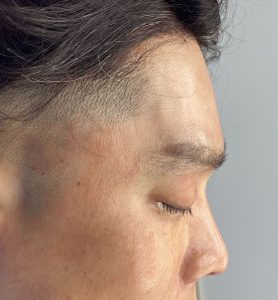
Case Highlights:
1) There are no standard forehead implants anywhere in the world which provides concurrent brow bone augmentation as well. Only a custom implant design can do so.
2) In significant forehead-brow bone implant augmentation the implant must extend further back onto the skull and onto the sides of the head to not look unnatural.
3) A custom forehead-brow bone implant requires a scalp incision for placement as well as significant subperiosteal release across the brow bone for accurate placement.
Dr. Barry Eppley
World-Renowned Plastic Surgeon

